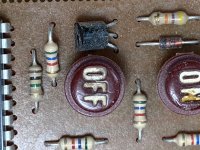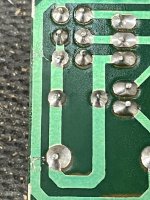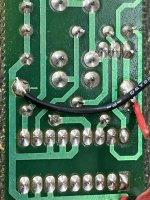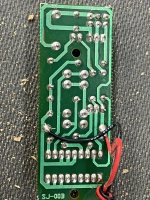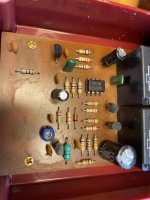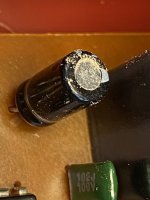- Messages
- 11,669
- Location
- Constantine, MI
My DC remote, second version of the Pen State Industries Long Ranger, now over 20 years old, is giving up the ghost. It works, but only if it is within 8" of the receiver. Although PSI offers replacement/additional remotes for its third generation switches, no such product is available for the first gen. So, I find myself in the market for a replacement.
Generally speaking, staying as far below $100 as possible, there seems to be only two 240v options available - the PSI Long Ranger III and the Grizzly. There are several well above the $100 mark, such as the Jet, and a slew of cheap (under $30) available on Amazon, though all of those hardwire in, have no provision for the neutral leg, and don't come with a lot of positive reviews.
The PSI LR II has served me well over the past 20 years. My biggest complaints are the boxy shape of the remote makes it difficult to keep in a pocket and using the belt clip is not much better as it catches on benches, etc. I'm sure a contributing factor in the demise of my unit can be traced back to the hundreds of times it hit the floor.
The Grizzly has a more ergonomic look to it and it is brightly colored (would help me locate it when I've forgotten where I laid it last). It also has I timer function which I would find useless.
Both offer replacement transmitters should I ever need one and they are comparably priced and reviews are predominantly favorable.
So, does anyone have experience with either the Grizzly or any other than the LR? Pros? Cons?
Generally speaking, staying as far below $100 as possible, there seems to be only two 240v options available - the PSI Long Ranger III and the Grizzly. There are several well above the $100 mark, such as the Jet, and a slew of cheap (under $30) available on Amazon, though all of those hardwire in, have no provision for the neutral leg, and don't come with a lot of positive reviews.
The PSI LR II has served me well over the past 20 years. My biggest complaints are the boxy shape of the remote makes it difficult to keep in a pocket and using the belt clip is not much better as it catches on benches, etc. I'm sure a contributing factor in the demise of my unit can be traced back to the hundreds of times it hit the floor.
The Grizzly has a more ergonomic look to it and it is brightly colored (would help me locate it when I've forgotten where I laid it last). It also has I timer function which I would find useless.
Both offer replacement transmitters should I ever need one and they are comparably priced and reviews are predominantly favorable.
So, does anyone have experience with either the Grizzly or any other than the LR? Pros? Cons?
Last edited:


